The Low-Rise Housing Diversity Code
The Low-Rise Housing Diversity Code (the Code) was established by the NSW government to promote the diverse range of housing through a fast-track approval complying development process. The Low-Rise Housing Diversity Code (the Code) was formerly known as the Low-Rise Medium Density Housing Code.
State Environmental Planning Policy (Exempt and Complying Development Codes) 2008 (Codes SEPP) is the planning policy that allow a complying development approval to be issues if all relevant provisions comply.
The types of housing diversity the Code allows for include dual occupancy, manor houses and terraces in allowable land zone use R1, R2, R3 and RU5 where permitted under Councils Local Environmental Plan (LEP)
The subdivision under the Code is permissible subject to the controls described on this page and in the summary sheet below.
For further information about subdividing under the code, feel free to contact us. Alternatively, access to the low-rise housing diversity design guides and information regarding the building process can be found on the NSW Planning Portal link below.
Subdivision and The Low-Rise Housing Diversity Code - Part 6 of the Code
The Code allows the concurrent development and subdivision of dual occupancies, manor houses or multi dwelling housing (terraces) as complying development, only where a council’s LEP permits these types of housing in a R1, R2, R3 or RU5 zones (NSW Government Definition).
To assist in determining if a site is suitable for subdividing under the code, Subdivision Certifiers has prepared summary guides available to download to assist with with determining if subdivision can occur. There are two summary guides available, one for dual occupancy and the other for multi-dwelling housing (Terraces and Manor Homes). A snippet is shown on the left.
The summary sheet provides a step by step guide in determining if a site is permissible, the minimum parent and result lot areas required, as well as the requirement under the code for the respective building product being either a dual occupancy or multi dwelling housing
The summary sheets are to be used as a guide only and reference shall be made to the relevant Local Environment Planning Policy at the time of assessment to determine the current applicable controls.
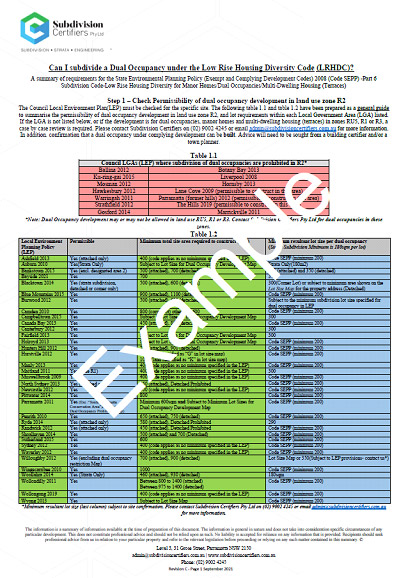
To download our summary sheet, enter your details below.
Dual Occupancy Summary Guide
Download for
FREE
Enter details below to get a copy of the Low Rise Housing summary guide for Dual Occupancy or Multi Dwelling
Alternatively, contact us directly via phone or email to obtain a copy
Multi Dwelling Summary Guide
Download for
$88.00
Can I apply for a CDC for subdivision of a dual occupancy, manor house or terraces under the Code?
The Code allows a certifier with appropriate subdivision accreditation to approve the subdivision of a dual occupancy or multi dwelling housing (terraces and manor homes) that have been approved as Complying Development under the Code.
The Code allows for the Torrens title or strata subdivision of dual occupancies (side by side), either attached or detached, and terraces.
The Code also allows for the strata subdivision of manor houses and dual occupancies (one above the other). Subdivision is only permitted under the Code where Torrens title or strata subdivision is allowable under the Council’s LEP. The abovementioned summary guide can help navigate where subdivision is permissible.
If you need more information on subdividing, including the different types of subdivision, visit our ‘Subdivision’ page by clicking on the link on the top of the page or the link below.
Still confused? Need assistance in determining if you can develop your site under the Code?
Subdivision Certifiers are here to help guide you through the process and assist where possible. Contact us today and we can guide you through the process.
Low Rise Housing Diversity Code and Design Guide for Complying Development
The following has been prepared for the implementation of the Low-Rise Housing Diversity Code.
What is Complying Development?
Complying Development is a fast-track planning and building approval for straightforward development, such as one or two storey homes. An application for Complying Development can be determined by the local Council or a Principal Certifier, provided it meets the development standards in the State Environmental Planning Policy (Exempt and Complying Development Codes) 2008 (Codes SEPP).
How will the Code facilitate faster housing approvals?
The Code includes tailored, simplified development standards for the different housing types which makes it easier to use the complying development pathway.
The development standards are written in plain English and contain explanatory diagrams to make the Code simple and easy to use.
What is the Low-Rise Housing Diversity Code?
Formerly known as the Low-Rise Medium Density Housing Code, the Low-Rise Housing Diversity Code (Code) allows well-designed dual occupancies, manor houses and terraces (up to two storeys) to be carried out under a fast-tracked complying development approval.
The Code was developed in close consultation with council and industry stakeholders to ensure amenity, privacy and design considerations are incorporated into the development standards, and good design outcomes can be achieved across the State.
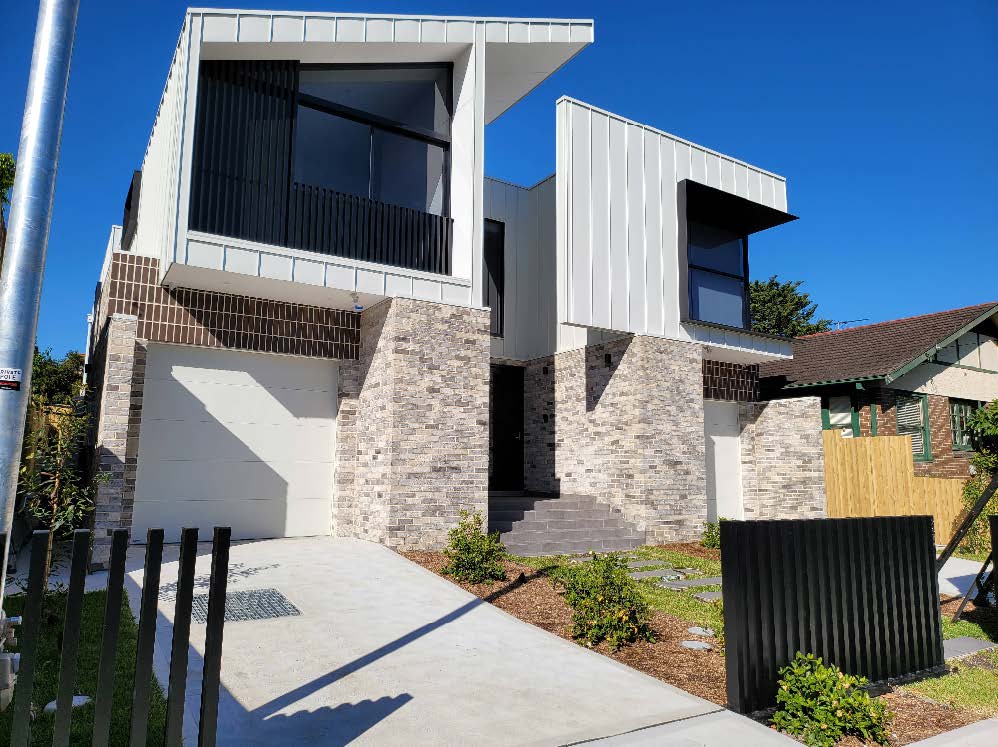
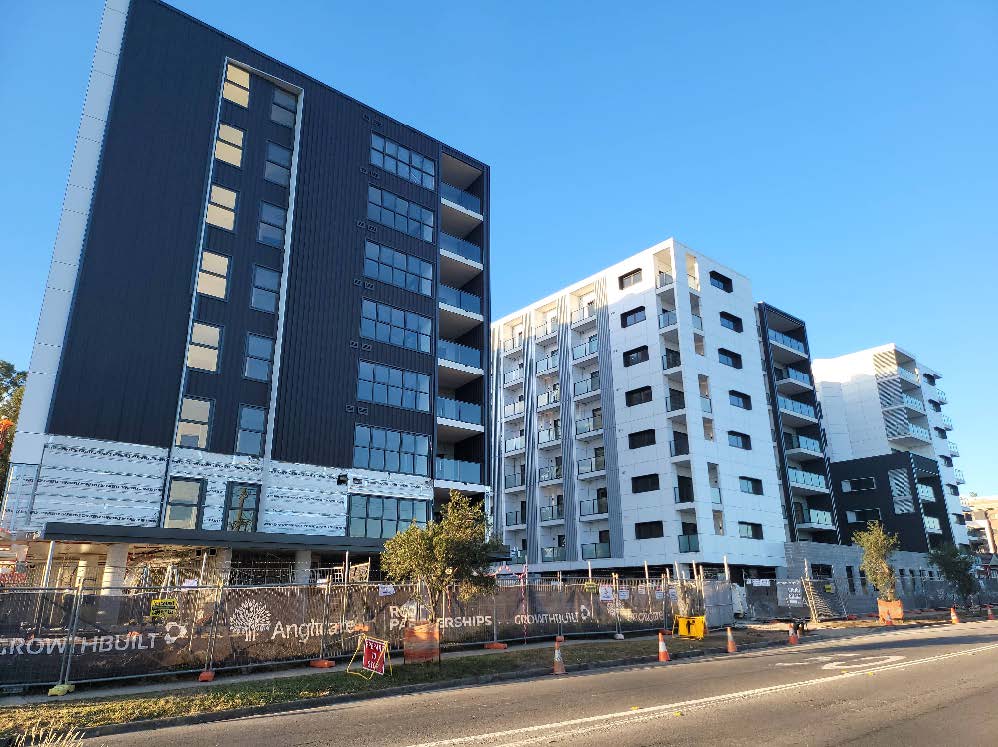
What is the Low-Rise Housing Diversity Design Guide for Complying Development?
The Low-Rise Housing Diversity Design Guide (Design Guide) provides consistent planning and design standards for dual occupancies, manor houses and terraces across NSW. The Design Guide promotes good design outcomes and provides guidance on layout, landscaping, private open space, light, natural ventilation and privacy.
Who is the Design Guide intended for?
The Design Guide has been prepared to:
- Assist developers, planners, urban designers, architects, building designers, landscape architects, builders and other professionals when designing dual occupancies, manor houses and terraces, and preparing a complying development proposal;
- Assist planning professionals in local and state government with strategic planning and preparing local controls; and
- Inform the community of what is required to achieve good design and planning practice for dual occupancies, manor houses and terraces, as complying development.
Where does the Code apply?
The Code applies across all of NSW, in the R1, R2, R3 and RU5 zones, where dual occupancies, manor houses and multi-dwelling housing are permitted under a Council’s LEP. A dual occupancy, manor house or terraces may only be carried out if the development is permitted within the zone under the relevant council LEP.
Each new dual occupancy or terrace house must have a frontage to a public road. A Local Character Statement is not a mechanism to exclude local areas from the application of the Code.
Where does the Code not apply?
There are exclusions for where complying development cannot be carried out under the Codes SEPP. For example, complying development cannot be carried out in:
- State or locally listed heritage items
- Heritage conservation areas
- Land reserved for public purposes
- The Code does not apply to unsewered land, and
- Environmentally sensitive land (critical habitat, wilderness or threatened species areas) and areas excluded by councils based on local circumstances.
There are also requirements for complying development on bushfire prone land and flood control lots under the Code. Land within the Sydney Drinking Water Catchment is also considered. Development under the Code and the Design Guide does not include development on battle-axe lots or the creation of new battle-axe lots.
When does the Design Guide apply?
The Design Guide is referenced in State Environmental Planning Policy (Exempt and Complying Development Codes) 2008 (Codes SEPP). The Low-Rise Housing Diversity Code in Part 3B of the Codes SEPP contains the development standards for manor houses, multi dwelling housing (terraces) and dual occupancies. The Design Guide contains the Design Criteria that must be met in order to obtain a complying development certificate (CDC) under Part 3B of the Codes SEPP. The Environmental Planning and Assessment Regulation 2000 requires that a qualified designer, or a building designer accredited by the Building Designers Association of Australia, must:
- Submit a Design Verification Statement verifying that they have designed, or directed the design of the development; and
- Verify that the design of the development is consistent with the design criteria in the Design Guide.
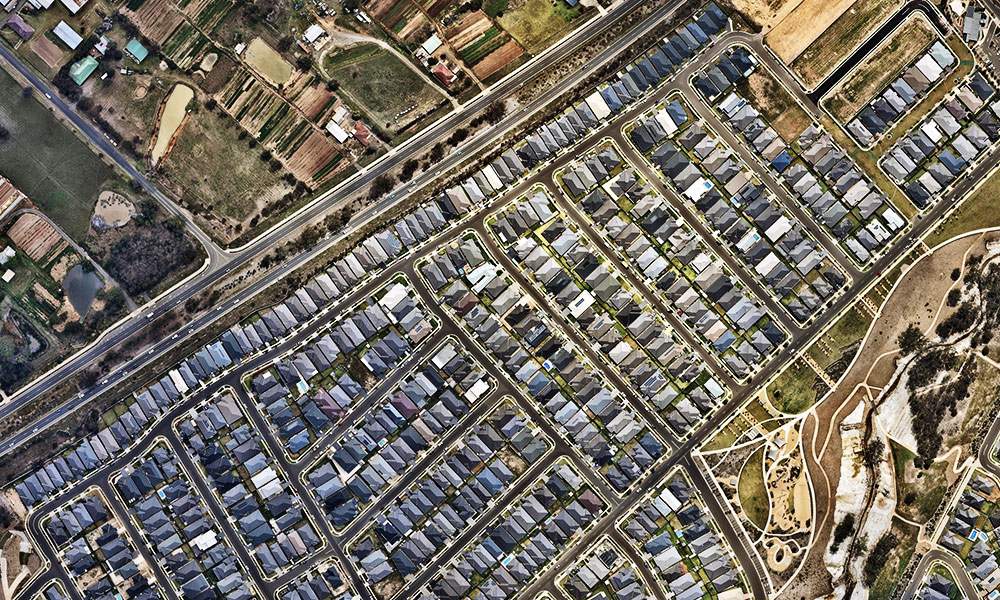
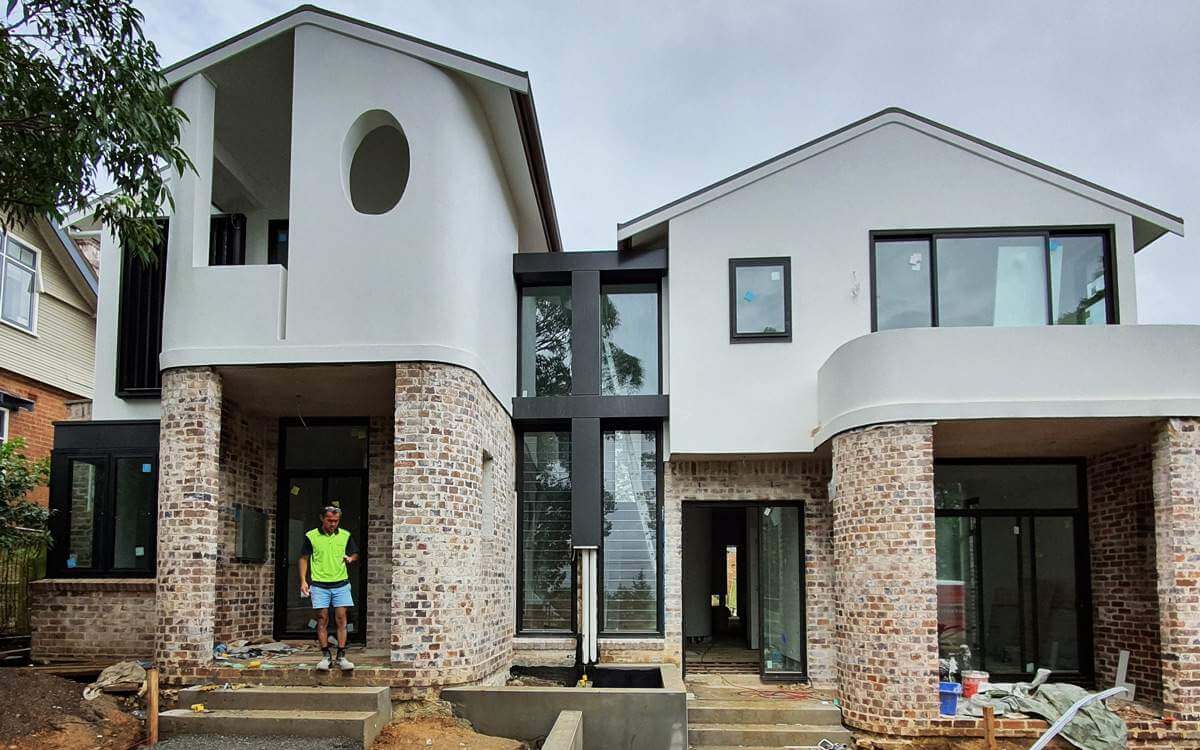
What is a Design Verification Statement?
The Low-Rise Housing Diversity Design Guide (Design Guide) provides consistent planning and design standards for dual occupancies, manor houses and terraces across NSW. The Design Guide promotes good design outcomes and provides guidance on layout, landscaping, private open space, light, natural ventilation and privacy.
Can I lodge a development application for manor houses and terraces?
Yes. The Environmental Planning and Assessment Regulation 2000 requires councils to consider the Low-Rise Housing Diversity Design Guide for Development Applications when assessing DAs for manor houses and terraces, until they have their own development control plans (DCPs) for these housing types.
Where can I find out more?
- Contact us for any information regarding subdividing under the code
- For information regarding design and approval process for the building product, visit the Department’s websiteor the NSW Planning Portal for further information
The Low-Rise Housing Diversity Code
landowners understand the implementation of the Low-Rise Housing Diversity Code.
Why has the name changed?
The name of the Code has changed to the Low-Rise Housing Diversity Code to better reflect the diverse housing it facilitates. It is also in response to recommendation two of the Independent Review of the Low-Rise Medium Density Housing Code carried out in 2019.
What if my council previously had a temporary deferral?
The Code has now become operational across all local government areas since 1 July 2020. Temporary deferrals from the Code were provided to councils so that strategic planning could be undertaken and to provide time to lodge any associated planning proposals.
The development standards are written in plain English and contain explanatory diagrams to make the Code simple and easy to use.
Will further deferrals from the Code be granted?
No, further deferrals from the Code will not be granted.
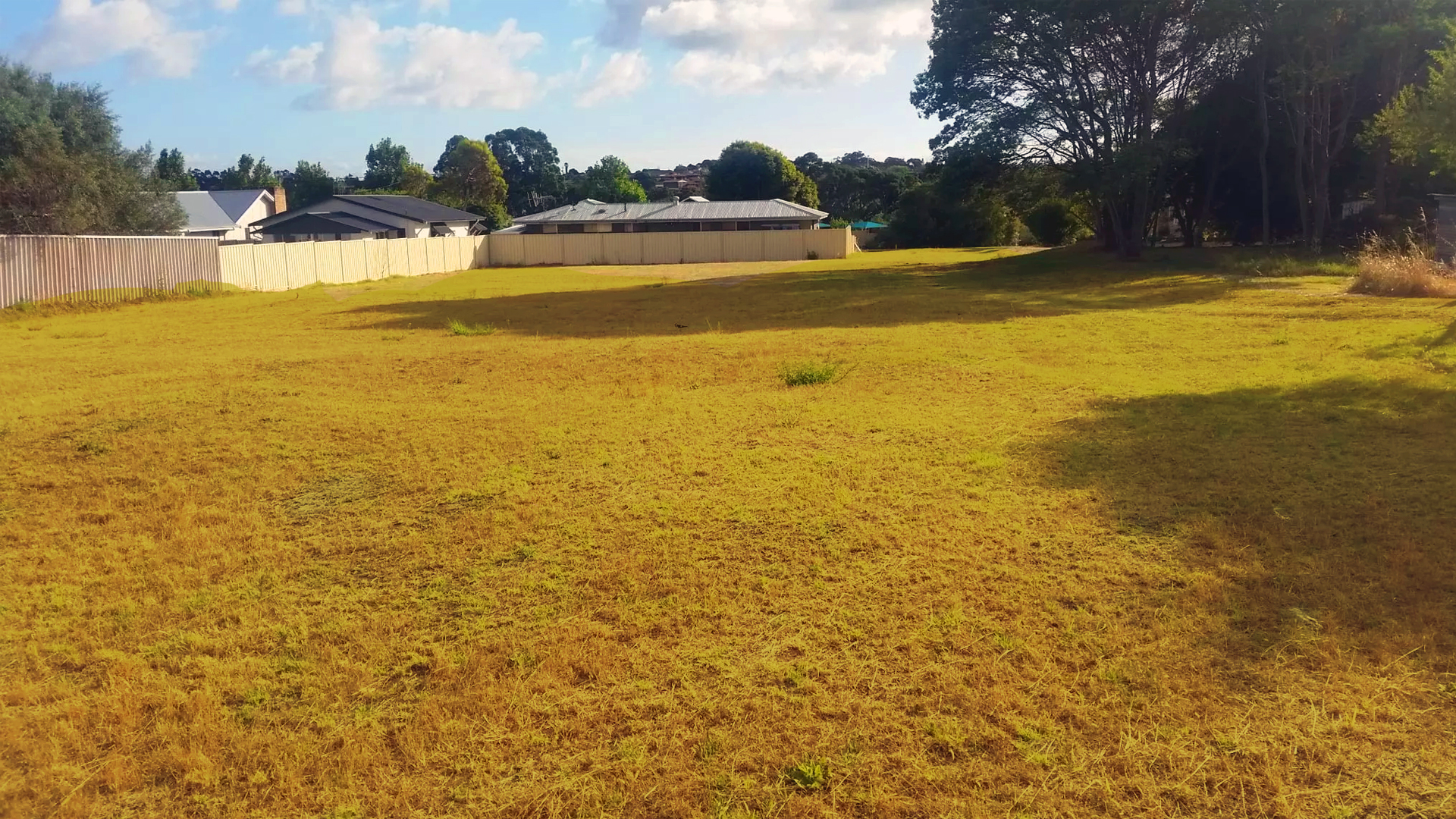
How can council prohibit multi-dwelling housing from R2 zones?
In consultation with their communities, councils can decide the housing types they want in their R2 Low Density Residential zone as part of their strategic planning. Councils will need to lodge a planning proposal with the Department of Planning, Industry and Environment and undertake community consultation. Your council can provide you information on planning proposals they have undertaken.
Will I be notified of any new low rise housing development proposed next door to my home?
You will be notified if you are the occupier of a dwelling that is located on a lot that has a boundary within 20 metres of the boundary of the lot on which the development is proposed to be carried out.
If you are located within a Greater Sydney Metropolitan council area or Wingecarribee Council (other than within a residential release area), you will be notified of the details of the development and what exactly is proposed to be built at least 14 days before the complying development certificate is issued.
If you are located within a Greater Sydney Metropolitan council area or Wingecarribee Council, you will also receive notification of the intended work commencement date at least 7 days before works are due to commence. However, if you are located outside the Greater Sydney metropolitan council area or within a residential release area, you will receive notification at least 2 days before works are due to commence.
The above notification requirements apply to work that involves a new building, or an addition to an existing building, or the demolition of a building.
(See clause 130AB of the Environmental Planning & Assessment Regulations for the definition of residential release area)
Are other recommendations of the Independent Review being implemented?
Several recommendations have been implemented such as:
- Providing an opportunity for councils to better target the Code’s application by allowing councils to set a minimum lot size for manor houses and multi-dwelling housing (terraces) in LEPs.
- Providing that the Code does not apply to unsewered land
- Ensuring that land within the Sydney Drinking Water Catchment is considered
- Tracking the uptake of the Code via the Planning Portal from 1 July 2020
Learn More about subdivision
Would like to no more about subdividing a block of land and the process. Visit our subdivision page by clicking on the link below.
Where can I find out more?
- Contact us for any information regarding subdividing under the code
- For information regarding design and approval process for the building product, visit the Department’s websiteor the NSW Planning Portal for further information
